Industry information
Company News
- Aluminum veneer curtain wall: the fashionable coat of modern architecture
- Fluorocarbon aluminum veneer, the secret weapon for creating fashionable buildings!
- Aluminum veneer: the 'invisible hero' of modern architecture
- Aluminum veneer: not just sheet metal, it is a symbol of the new architectural trend
- Aluminum veneer customization, creating personalized spatial aesthetics
Industry dynamics
- Roller coated carved aluminum veneer is widely used to achieve diverse architectural styles
- Carving 1.5mm aluminum veneer to create an artistic masterpiece of architectural appearance
- Aluminum veneer curtain wall, the "fashionable coat" of modern architecture
- Cross disciplinary application of customized aluminum veneer: Beyond tradition, unlocking infinite possibilities
- Curtain wall aluminum veneer: a perfect fusion of architectural aesthetics and practicality
Frequently asked questions
- What are the applications of aluminum veneer in the interior decoration industry?
- What are the applications of aluminum veneer in the construction industry and how can they be improved?
- What are the advantages and disadvantages of aluminum veneer compared to other metal materials?
- How is aluminum veneer produced and manufactured?
- What issues should be noted during the processing of aluminum veneer?
contact us
Mobile:+86 15627778610
Email: 2201229786
Address: No. 5 Binjiang Road, High tech Zone, Zhaoqing City, Guangdong Province
The hollow art of carving aluminum veneer
- Author: Lesilong Technology (Guangdong) Co., Ltd
- Release time: February 22, 2025 19:41:32
- Click:0

carvingAluminum veneerHollow out art is a very unique architectural decoration art, which presents various shapes and patterns on the surface of aluminum plates through fine carving and design, and has high artistic appreciation value.
The hollow art of carving aluminum veneer has a very unique decorative effect. Due to its ability to present various shapes and patterns on its surface, it can be applied in multiple fields such as commercial and residential areas. For example, it can be applied to the exterior wall decoration of shopping malls, hotels and other places to achieve a beautiful, elegant, breathable and transparent effect; It can also be applied to indoor ceilings, walls, and other areas to create a unique decorative style.
The hollow art of carving aluminum veneer has a very high level of technical difficulty. Due to the need for fine carving and design on its surface, experienced craftsmen are required for operation. They need to accurately depict various patterns and shapes according to the requirements of the design drawings to achieve the final decorative effect. This high level of difficulty in craftsmanship makes the hollow art of carving aluminum veneers a highly technical building material.
Thirdly, the hollow art of carving aluminum veneer also has excellent environmental performance. Compared to traditional wall materials, the hollow art of carved aluminum veneer does not contain harmful substances and will not cause harm to the human body. Its production process is also relatively environmentally friendly, which can reduce its impact on the environment. These characteristics make the hollow art of carved aluminum veneer a very environmentally friendly building material.
It should be noted that when using the hollow art of carved aluminum veneer, it is necessary to fully consider its quality assurance and construction technology. To ensure its quality and stability, high-quality materials and professional construction teams should be selected for installation and maintenance. During the installation process, attention should be paid to details such as the size and position of gaps to ensure the aesthetics and practicality of the entire curtain wall.
The hollow art of carving aluminum veneer is a very unique architectural decoration art, which has high technical difficulty and decorative effect. In the future, with the continuous improvement of people's requirements for building quality, it is believed that the hollow art of carved aluminum veneer will play an increasingly important role in the field of architecture. We should also strengthen the promotion and publicity of this environmentally friendly material, so that more people can understand and recognize its advantages and characteristics, and jointly promote the sustainable development of the construction industry.

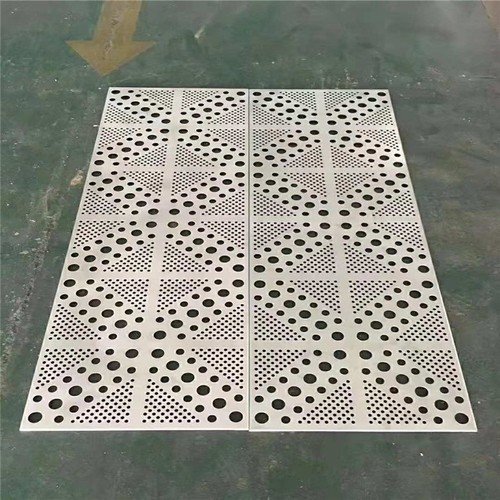
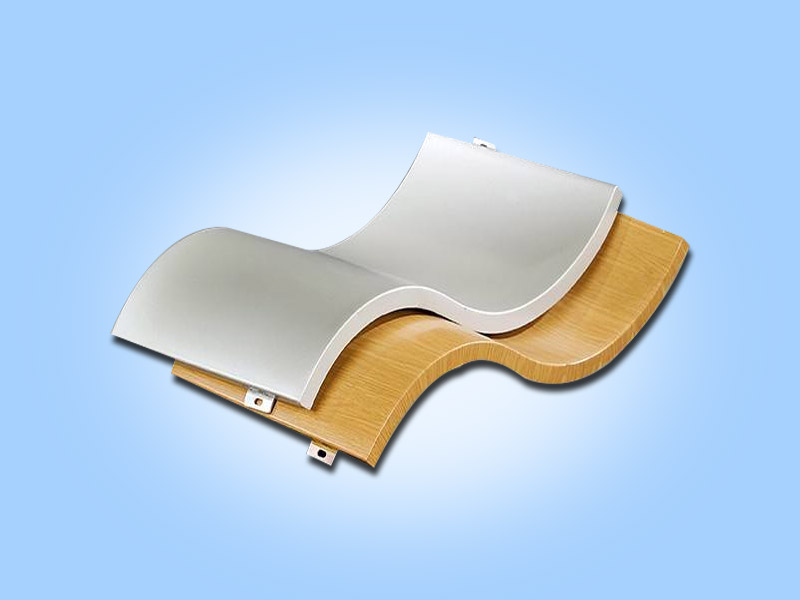
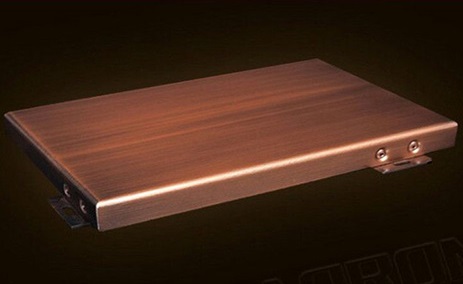
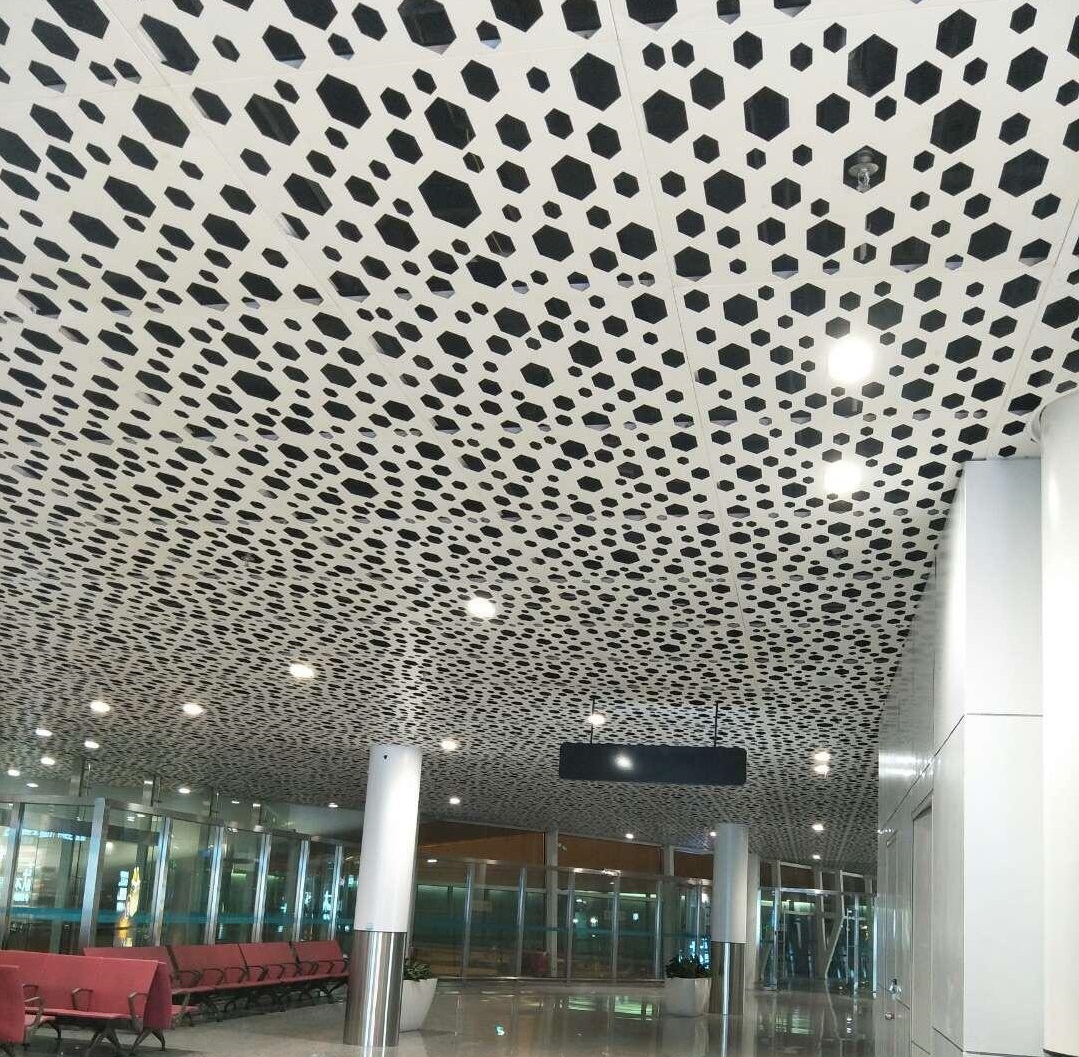
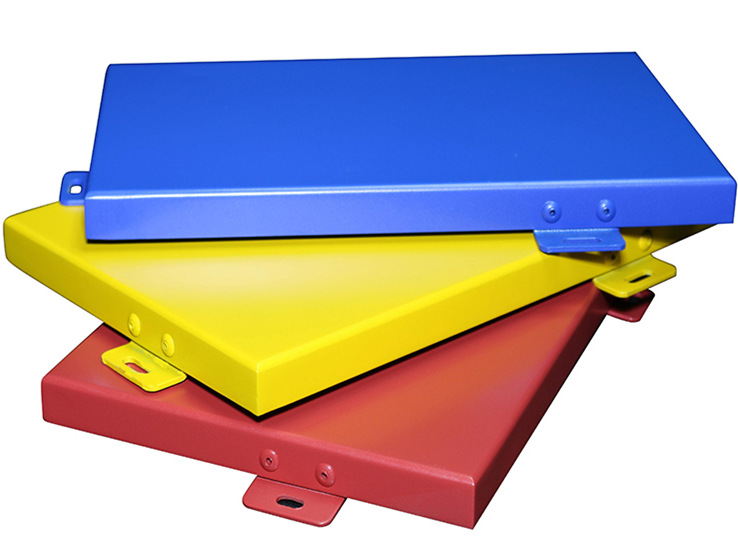
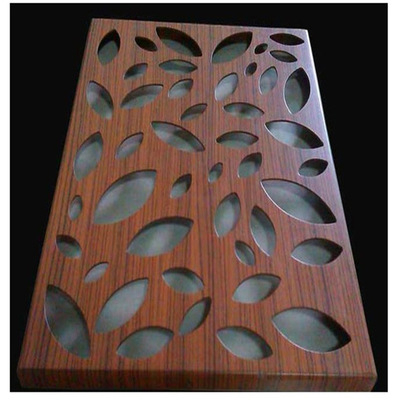
 Customer service QQ
Customer service QQ